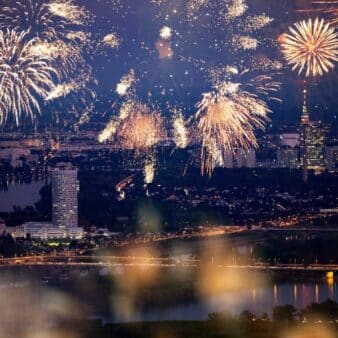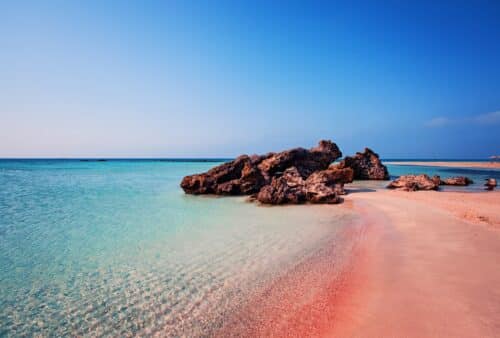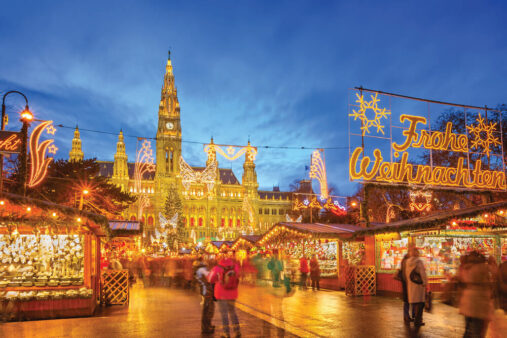If you ask someone who has visited Stockholm the first word they would probably use to describe it is “beautiful”, and that it is. Stockholm is a major international city with great shopping, quality eateries in abundance, fabulous standard hotels, an internationally renowned club and music scene and a vibrant cultural life. Where Stockholm comes into its own, however, is its sheer natural beauty.
Stockholm must be on of Scandinavia’s most picturesque cities, it is the largest but not the oldest. It is the capital of Sweden and is made up of 14 islands connected by some 50 bridges on Lake Mälaren, which flows into the Baltic Sea and passes an archipelago with some 24,000 islands and islets.
The city is a very lively, cosmopolitan place with both modern Scandinavian architecture including lots of brass and steel, along with fairytale towers, a captivating Old Town (Gamla Stan) and lots of green space. Over 30% of the city area is made up of waterways and another 30% is made up of parks and green spaces, giving Stockholm perhaps the freshest air and widest lungs of any European capital. Sweden is a member of the EU but is not in the Euro, there are just under 9 Swedish Krona to the Euro.
Most attractions in Stockholm are found in the “innerstaden“, the inner city – historically the zone within the city tolls. The geography of Stockholm, with its islands and bodies of water, makes for a natural division of the inner city into three major zones. Simply put, the mainland north of Gamla Stan can be said to form one district, the small island Gamla Stan and the large Södermalm another, and the island of Kungsholmen a separate district in the west. This division reflects how most Stockholmers perceive the city, although it is in part different from the administrative borough divisions. For any readers of Steig Larson’s books all of these districts and street names have a familiar ring.
Swedes are helpful and most speak good English. Despite its northern location, Stockholm has fairly mild temperatures throughout the year. As a result of its northerly latitude, the city sees a huge seasonal variation in sunlight, from more than 18 hours of daylight around midsummer, to approximately 6 hours of daylight in late December. Stockholm enjoys an average of nearly 2,000 hours of sunshine a year.
Getting there
Flights to Stockholm with Aer Lingus will operate 4 days every week from March right through to the end of October, operating every Monday, Wednesday, Friday & Sunday.
There are both regional and express trains from the airport to the city centre as well as buses, check out the airports website for the details of all the options. The express train takes 20 minutes. See www.arlandaexpress.com/start.aspx for more details. It is a pricey option but they have a great weekend return deal for €37 per person otherwise the normal one way fare is just under €30, journey time is 20 minutes and the trains depart every 20 minutes.
The regional trains just take a little longer at 35 minutes and are much more affordable. The bus, flygbussarna costs approx €11 one way and their website is www.flygbussarna.se/ and if you want a taxi budget on €50 to €60 one way to central Stockholm as the airport is 40 klms north of the city.
There is also a great selection of hotels in Stockholm making it ideal for a quick city break holiday.


